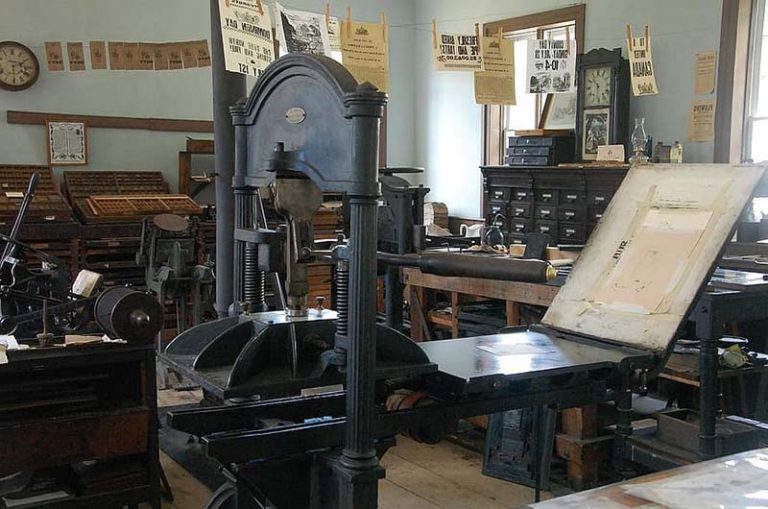Bucking the popular view of tabloid journalism as bad journalism, Orenbring argues this style of sensational content plays an important role in the formation of an alternative public sphere. It juxtaposes itself in relation to mainstream journalism by presenting different issues, forms and appeals to an audience not regularly served. By tracking the history of the development of tabloid journalism, Orenbring hopes to shed a new light on this form and on mainstream journalism.
Often the debate around tabloid journalism is simplified into a binary argument: serious, responsible, good-quality journalism versus sensational, oversimplified, populist journalism. Yet, going back to the earliest days of the mass circulation press (and in some cases before) it is possible to see examples of titillating stories, mainly around scandal, crime and courts. This kind of coverage appears to be a far cry from the journalism that is meant to stir a societal dialogue or mediate public differences in an effort to formulate a public sphere, as defined by Jurgen Habermas. However, Habermas faces stern criticism from several arenas; in particular, academics like Nancy Fraser, who suggests the public sphere is not a single entity, but needs to be viewed as a number of smaller alternative spheres. Tabloid journalism, through its simplistic form, use of photography, over dramatized narratives and splashy headlines, reach out to an audience with lower levels of literacy. It oversimplification of complex issues and emotional appeal of content engage certain readers not recognized by mainstream media. However, in many cases, these are readers from lower and middle class backgrounds who are not included in public deliberations. The grassroots populist tabloids can influence these classes against established corporate and government elites and thereby create an alternate public sphere.
While mainstream news media frown on tabloid journalism, its impact is massive. The recent redesign of both the Toronto Star and the Globe and Mail demonstrate how its form is almost become a standard within the newspaper industry. Also television and radio have adopted many of the techniques of tabloid television through its high impact graphics, quick cuts, increased self-promotion, racy content and lack of substantive, lengthy mini-documentaries. Often more in-depth content is pushed off into other shows focusing solely on documentary work and not in newscasts only provided on CBC or less important time slots. The result is we end of entertaining ourselves to death, to borrow from Neil Postman.
This form is also dominating online journalism, as content is presented in small bites consisting of briefs and headlines rather than more comprehensive coverage. As technology simplifies the ability to post content, it means a more tabloid form of quick, sensational stories, lacking context and interpretation as news organizations race to meet the demands of posting news first online 24/7.
Tabloid journalism has a rich history of providing a form of crusading journalism aimed a advocating for the working class. Coverage of poverty, homelessness, poor public health and a host of other major stories came from some tabloid newspapers in the late 19th and early 20th century. And, as we have seen through other articles in this course, there are other benefits to tabloid journalism in terms of humanizing the elites of society.
Having worked for a tabloid when I started in journalism, there were many highly embarrassing stories written, but it was a huge help in learning tight writing styles, asking really tough questions and developing a competitive edge.
First posted: 7/31/07

